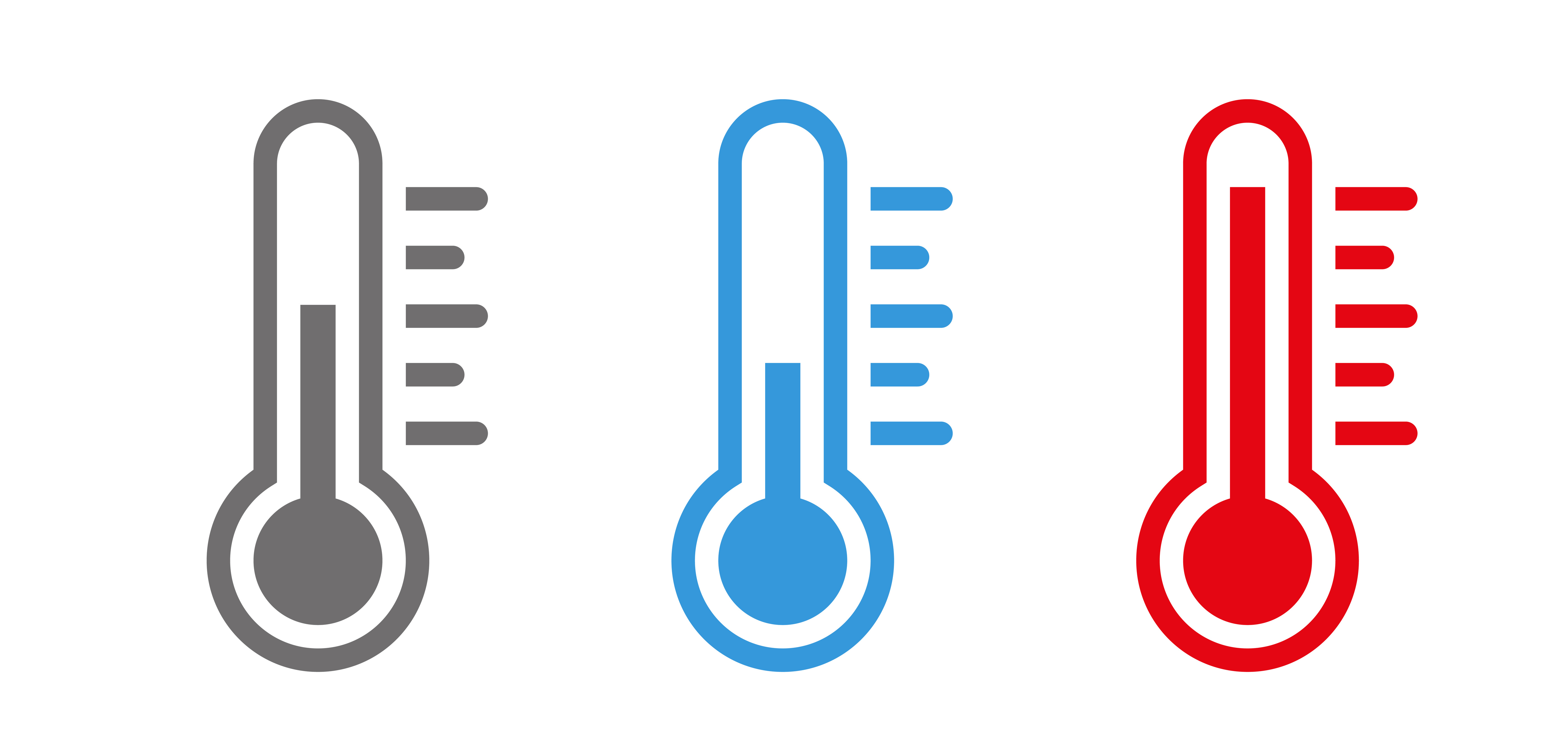Ice vs. Heat

Ice vs. Heat
 The great debate for athletes and their physiotherapists is whether to use ice or heat for an injury. So much confusion surrounds this topic that we figured we would do our best to cut through all the competing views and try to give you an evidenced based answer on the topic.
The great debate for athletes and their physiotherapists is whether to use ice or heat for an injury. So much confusion surrounds this topic that we figured we would do our best to cut through all the competing views and try to give you an evidenced based answer on the topic.
Generally, when health care practitioners recommend ice as a source of treatment it is to control or to “reduce” inflammation. However, inflammation is part of our body’s normal, natural process of healing.
When we get injured, our body creates inflammation to protect and prevent further injury. This then leads to the repair and remodelling phases of injury healing. This is what creates confusion; if inflammation is good and is required for healing, why would we try to limit it?!
Is Icing an Injury the Wrong Thing to Do?
Just to complicate things a little bit more for you, a summary of 22 scientific articles found almost no evidence that ice and compression hastened healing over the use of compression alone, although ice plus exercise may marginally help to heal ankle sprains.
The goal of using ice should be to control the swelling and pain so that you are still able to move around. If the swelling gets to the point where the joint looks like a balloon, that's too much swelling.
What’s So Beneficial About Heat?
Heat therapy works by improving circulation and blood flow to a particular area due to increased temperature. Increasing the temperature of the afflicted area even slightly can soothe discomfort and increase muscle flexibility. Heat therapy can relax and soothe muscles and reduce muscle spasm.
So... Ice or Heat?
We now understand that ice and heat have different effects on the body and the two remedies are not interchangeable. So, when should we use ice and when should we use heat? In this section, we will provide you a few examples when it’s better to use ice and when it’s better to use heat.
When to Use Ice:
- Acute injuries: In general, ice is best for acute injuries, which are injuries that have just occurred and affect a specific area on the body. An example of an acute injury is an ankle sprain, which will cause your ankle to become swollen and bruised but shouldn’t directly affect other parts of your body.
- Recent injuries: Another clue that ice is best is if the injury happened relatively recently. Swelling tends to be the most extreme when you first become injured, especially within the first 48 hours.
- Overuse injuries: Athletes sometimes use ice to treat chronic inflammation in specific areas, such as a joint or muscle, from overuse. In these cases, athletes typically apply ice after the activity. If you have chronic conditions, don’t treat them with ice outside a doctor’s supervision.
When to Use Heat:
- Old injuries: Whereas ice is best to soothe new injuries, heat is typically best for nagging injuries that are still causing you pain. For example, if you pulled a muscle in your shoulder last month and you’re experiencing lingering discomfort, applying heat could help.
- Soreness or aches: Heat is an excellent option to bring you some relief if you feel sore or achy rather than a throbbing or sharp pain. For example, patients with ongoing neck pain may feel benefit from putting heat on their neck.
- Chronic muscle pain: If you have ongoing pain in a muscle, it’s likely because the muscle is tight and stiff. In these cases, heat may help relax the muscle. For example, if your job causes you to experience chronic pain in your lower back, you can treat it with heat.
- Overuse injuries: Overuse injuries are one instance both ice and heat have in common. However, you should use heat to treat an overuse injury before you plan to use the affected area. Then, use ice after the activity.
Bottom Line
 Choose to use ice (or nothing at all) in the initial stages of an injury. If an injury is more chronic, use heat. If you don’t like the feeling of heat, switch over to ice and see if that provides you with more relief.
Choose to use ice (or nothing at all) in the initial stages of an injury. If an injury is more chronic, use heat. If you don’t like the feeling of heat, switch over to ice and see if that provides you with more relief.
Knowing which treatment to apply, hot or cold, can save a person from a lot of discomfort. If you are confused on what to do or if your injury does not improve, seek out a professional assessment.
We have a physiotherapist who can give you more information on how to deal with your specific injury. Let us help you!